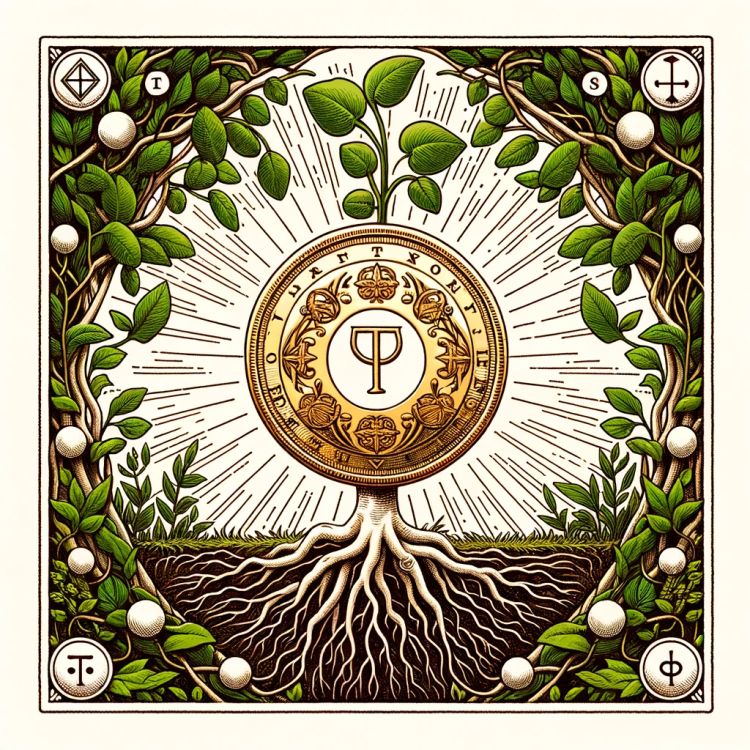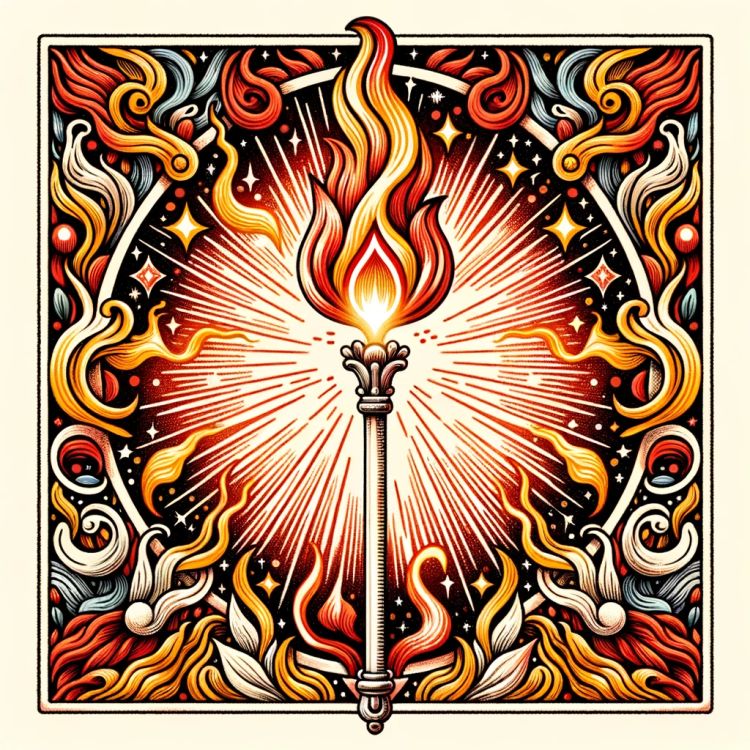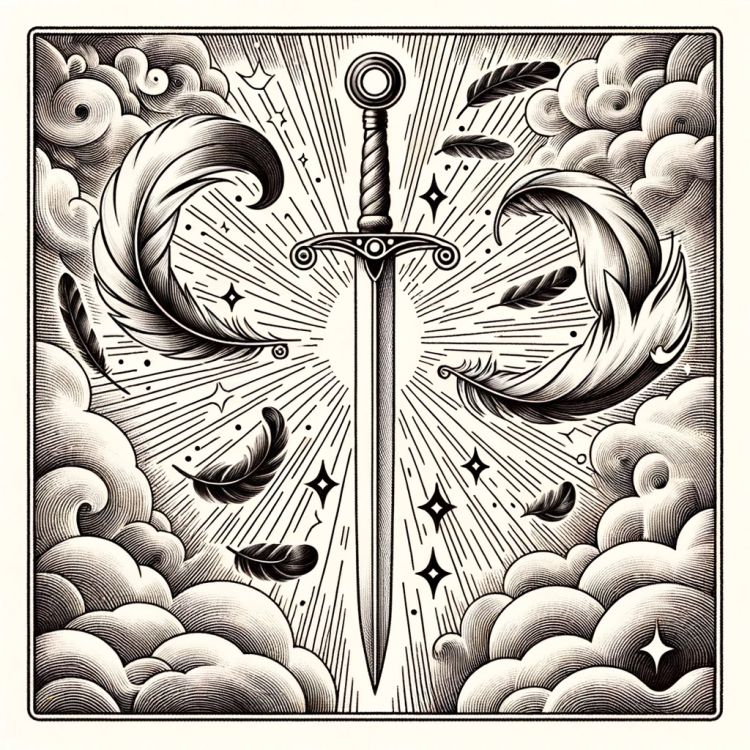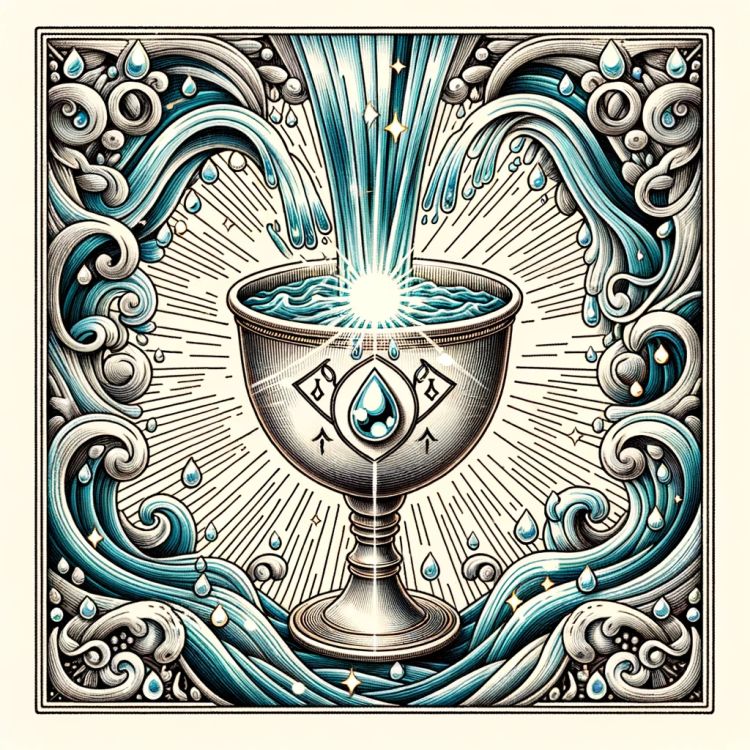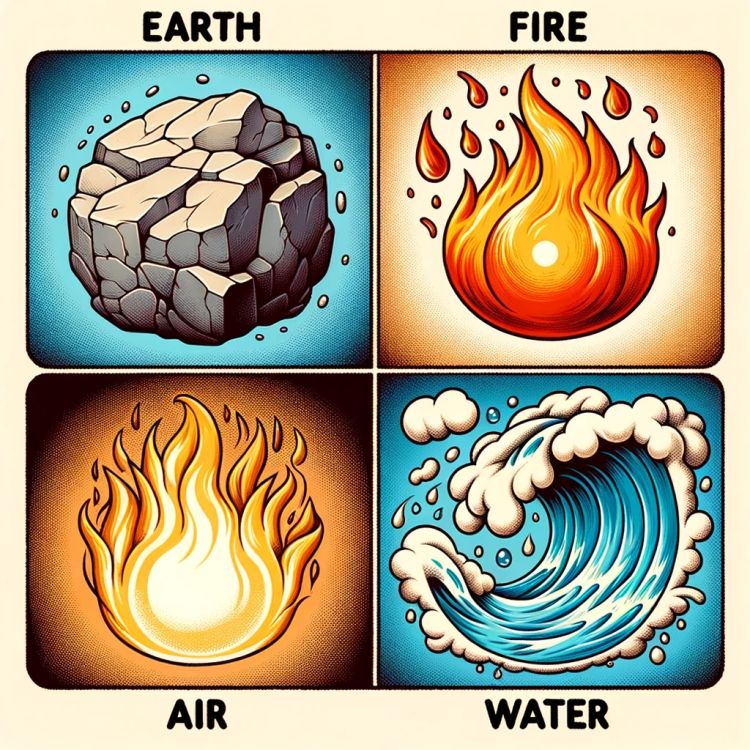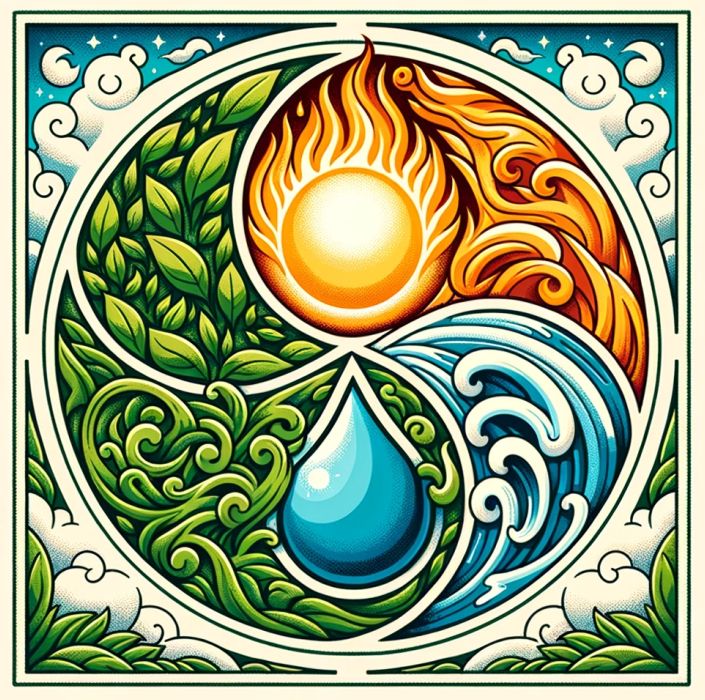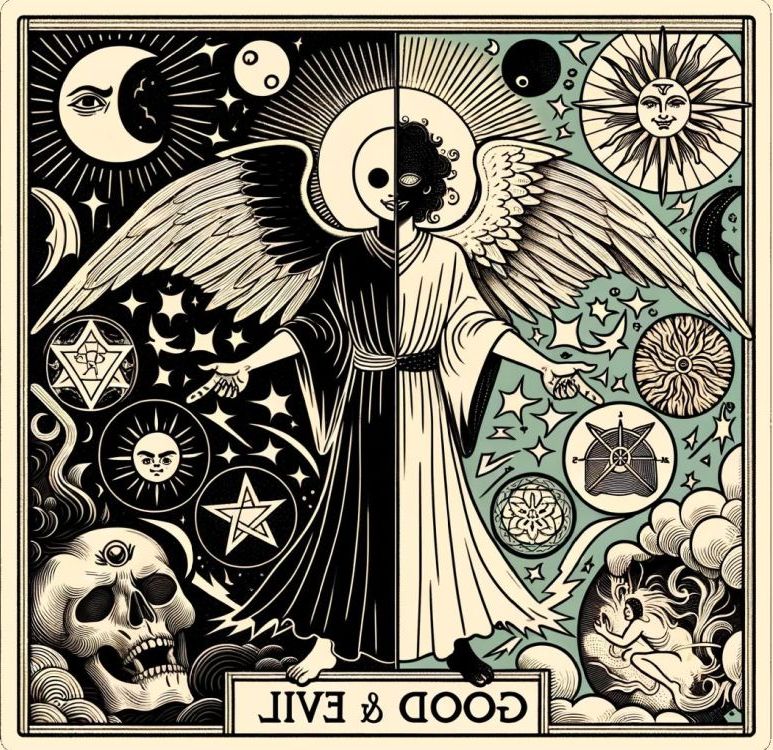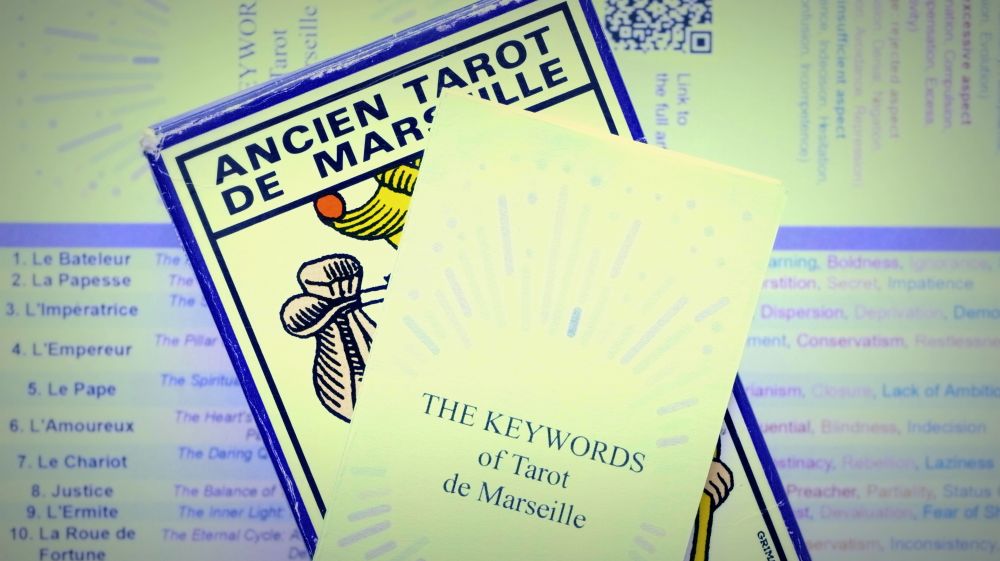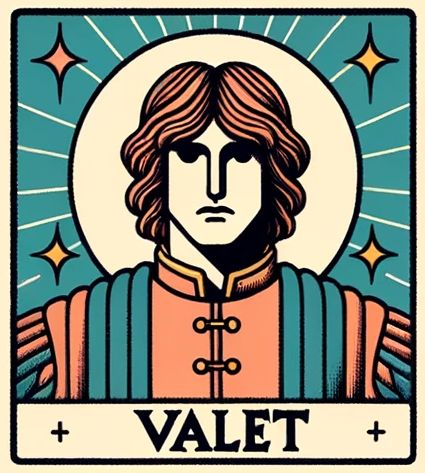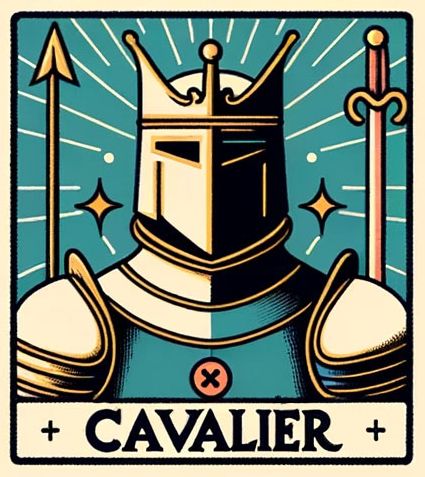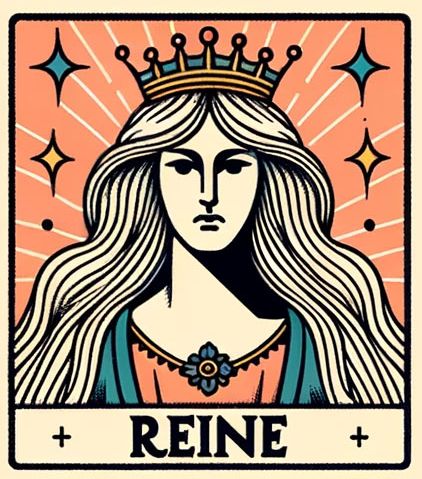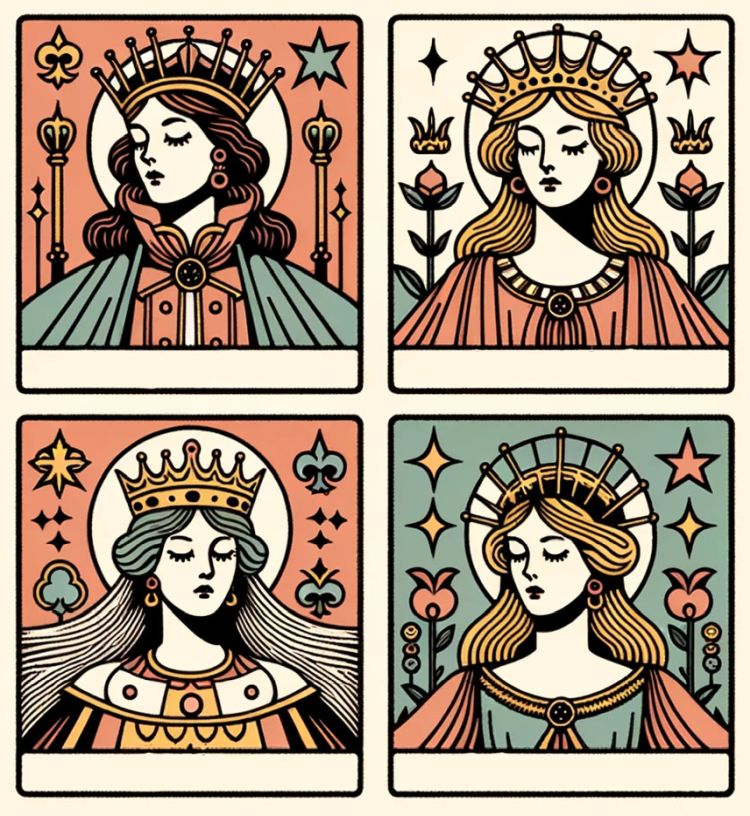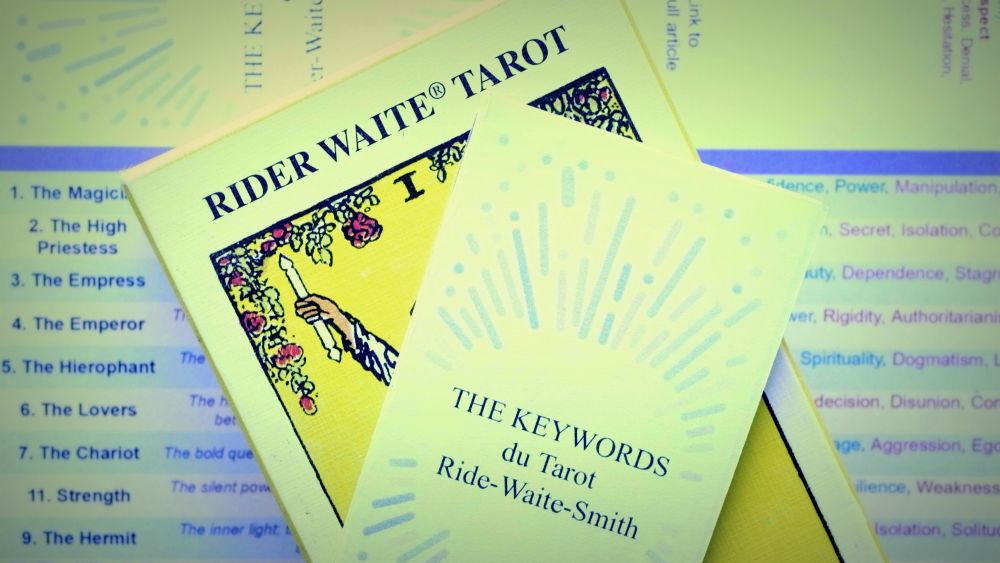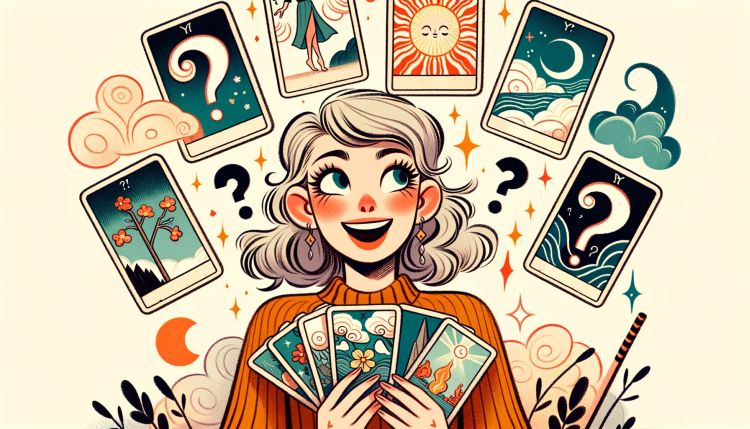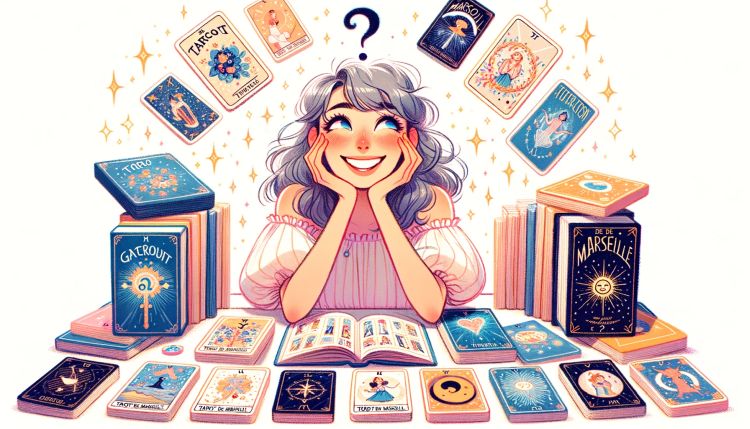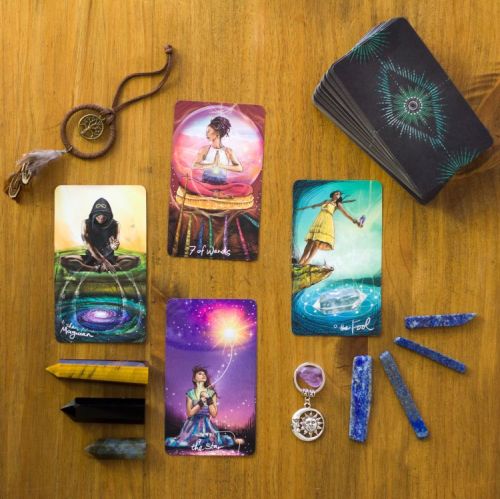
Welcome to the fascinating world of Tarot, an ancient tool for divination and personal development. If you are a beginner in divination arts and wish to learn how to draw cards, this article is for you. Before diving into the heart of the matter, it is essential to understand the basic structure of Tarot.
Major Arcana and Minor Arcana: the two faces of Tarot.
Composed of 78 cards, Tarot is divided into two major sets:
-
The Major Arcana:
The series of 22 trumps (or Triumphs) explores the profound aspects of human existence, collective unconscious, and forces influencing us beyond the material plane. These cards are often considered the most powerful in tarot in terms of spiritual meaning and guidance. Each Triumph (or Major Arcana) provides advice and insights for our personal growth. The Minor Arcana:
Consisting of 56 cards (the 40 numerals + the 16 court cards), they focus on daily events, human interactions, and practical details of life. It is divided into four suits, each associated with an element ( PentaclesEarth, Wands
Fire, Swords
Air, Cups
Water).
Beyond reductive definitions
Although these definitions are helpful for beginners, they are somewhat reductive. To fully understand the complex structure of Tarot, it is wiser to categorize the cards into exactly three categories:-
The 40 Numerals (pip cards):
These cards are the numbers from 1 to 10 in the four different colors (Wands, Cups, Swords, Pentacles).
Their functions: These cards play the role of "details" in a reading. They provide information on the practical and daily aspects of the posed question. They are the "how" of the draw. -
The 16 Court Cards (face cards):
They represent the royal figures (Page, King, Knight, Queen) in each color.
Their functions: These cards highlight the relational dynamics and character traits that are at play. They can represent people in the consultant's life or aspects of their own personality. If the Numerals evoke the stages of our journey, the Court Cards evoke the reactions and attitudes in the face of these situations. They are the "who" of the draw.
Note: The Fool is the archetype of the King's Jester, he can also be seen as a Court Card, since ultimately he is not numbered like a Triumph. 'Le Fou' (The Fool) is alone, there are not 4 jesters in the game, because he is not vassal of a particular King, he remains free and goes from court to court, according to his wishes. -
The 22 Triumphs (trump cards):
These are the major arcana, which go from 'Le Bateleur' (The Magician) to 'Le Monde' (The World), accompanied by 'Le Mat' / 'Le Fou' (The Fool).
Their functions: These cards give an overview and put into perspective the major issues and spiritual lessons. They are the "why" of the draw.
By understanding these three categories and their role in a draw, you will be better equipped to interpret the complex and nuanced messages that Tarot has to offer.

